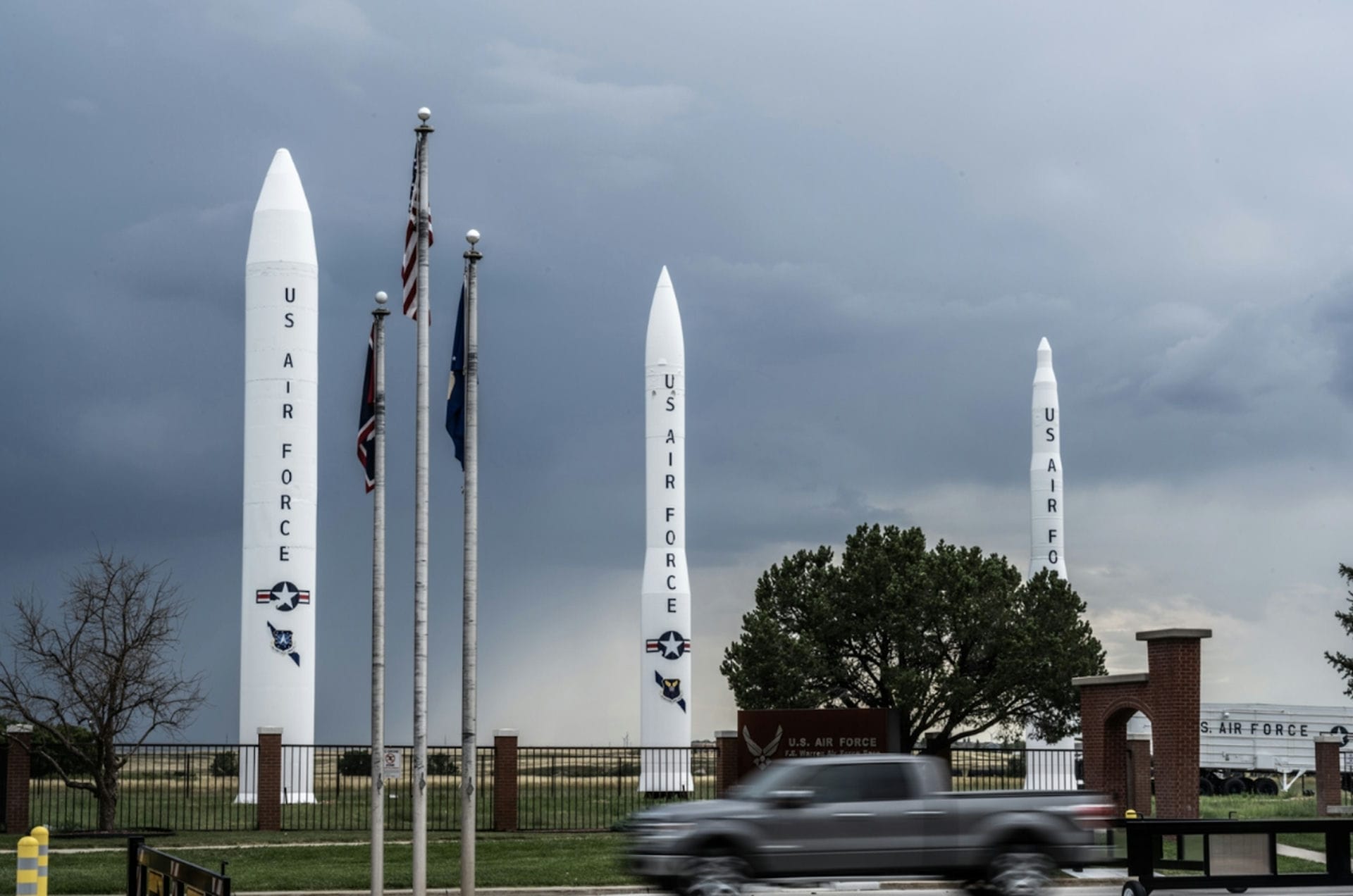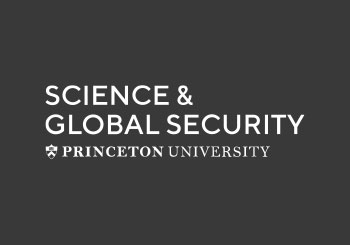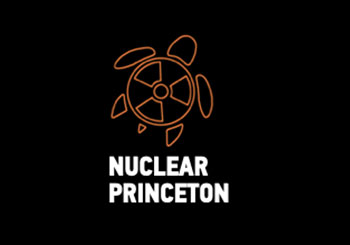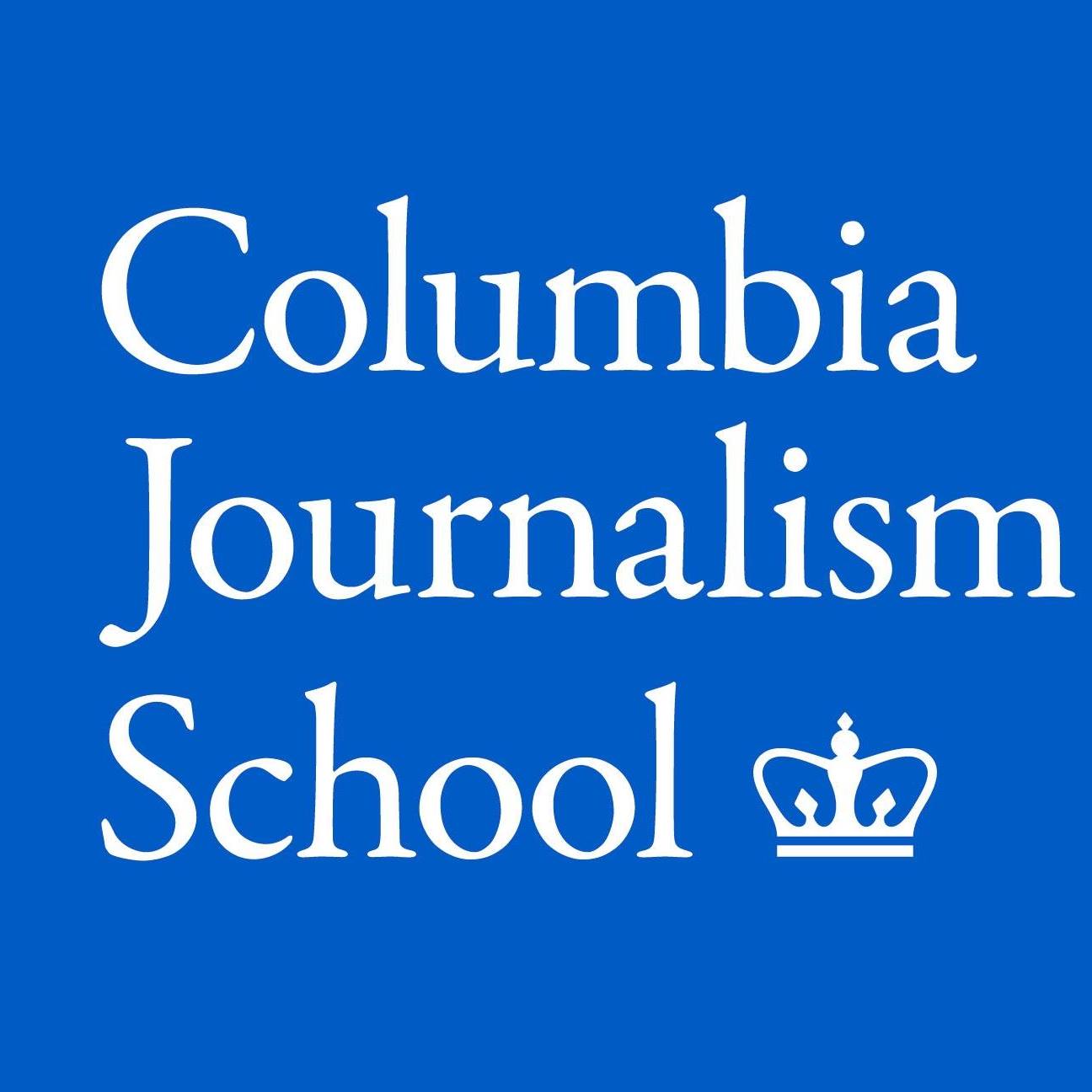
ABOUT THE PROJECT
The Missiles on Our Land
The US government has begun its biggest nuclear weapons project since the end of the Cold War. Every nuclear weapon, missile, submarine and bomber will be replaced at an estimated cost of $2 trillion. Plans call for these new weapons to be deployed well into the second half of this century.
The Missiles on Our Land investigates the human and environmental risks associated with the new Air Force land-based nuclear missile – dubbed the Sentinel.
It is the result of a two-year collaboration led by the Princeton University’s Program on Science & Global Security together with Nuclear Princeton, a Japanese and Native American research team, and Columbia University’s School of Journalism, and published in partnership with Scientific American.
The Missiles on Our Land combines state-of-the-art simulations of the consequences of nuclear war with ethnography and journalism, including narrative storytelling, podcasting, photography and cinematography to shed light on the consequences of the most significant nuclear weapon build-up since the end of the Cold War.
This project aims to provide information that everyone in the United States and Native North America, especially the communities living closest to the missile fields, need to know so that they can understand and be part of the discussion as to the full extent of the risks associated with deploying new missiles for the next 50 years or more.
CONTENT
The Missiles on Our Land, a webstory by Sébastien Philippe (Princeton Program on Science and Global Security) and Nina Berman (Columbia School of Journalism) on the human and environmental risks associated with the new Sentinel land-based nuclear missile program.
Fallout, a 24-minute video documentary directed by Nina Berman and Duy Linh Tu (Columbia School of Journalism) and produced by Jeffery DelViscio (Scientific American). Fallout looks at the environmental legacy and current risks posed by the US government’s plan to overhaul its nuclear weapons arsenal at a cost of nearly two trillion dollars.
Under the Nuclear Cloud, an interactive map to explore the fallout consequences of nuclear strikes on US missile silos across North America, produced by Katie Watson (Brown Institute for Media Innovation) and Sebastien Philippe.
The Missiles on Our Rez, a five-part investigative podcast by Ella Weber (Princeton University), produced by Sebastien Philippe and Tulika Bose (Scientific American). The Missiles on Our Rez explores the past, present, and future of nuclear missiles in the only Native American tribe hosting nuclear weapons in the United States.
The New Nuclear Age, a Special Report by Scientific American (December 2023 Issue), including:
- Boom Times, The new costs—and long shadow—of living in a nuclear nation
By Abe Streep (journalist), Photographs by Nina Berman (Columbia School of Journalism), Edited by Jen Schwartz - Inside the Pit Factory, For the first time in decades the U.S. is ramping up production of plutonium cores for nuclear weapons
By Sarah Scoles (journalist), Edited by Clara Moskowitz - Sacrifice Zones, What happens if silo-based nuclear missiles are attacked?
By Sebastien Philippe (Princeton Program on Science and Global Security), Edited by Madhusree Mukerjee and Jen Christiansen
TEAM
Principal Investigators: Sébastien Philippe (PI, Princeton University), Nina Berman (co-PI, Columbia University), Ryo Morimoto (co-PI, Princeton University), Zia Mian (co-PI, Princeton University)
Web story: Sébastien Philippe (Text), Nina Berman (Text and Photography), Zia Mian (Editing)
Film: Jeffery DelViscio (Executive Producer, Cinematography | Scientific American), Nina Berman (Director, Cinematography, Editing | Columbia University), Duy Linh Tu (Director, Cinematography | Columbia University), Sebastian Tuinder (Cinematography, Editing), Dominic Smith (Motion Graphics), Joshua Pribanic (Cinematography), Joseph Polidoro (Narration).
Data: Katie Watson (Design, Production | Brown Institute for Media Innovation), Sébastien Philippe (Production, Scientific Research, Data Analysis), Ivan Stepanov (Software Engineering, Data Analysis), Svitlana Lavrenciuc (Digital Cartography, Data Visualization), Zia Mian (Editing)
Podcast: Ella Weber (Reporter, Host), Sebastien Philippe (Producer), Tulika Bose (Producer and Editor | Scientific American), Jeffery DelViscio (Production editing and sound design), Todd Whitney (Advisor | Brown Institute for Media Innovation).
Field research: Ella Weber (Mandan, Hidatsa, Arikara Nation), Jessica Lambert (Choctaw Nation), Blue Carlsson (Cherokee Nation), Lilian Fitzgerald (Klamath tribe), Joshua Worth (Kanaka Maoli), Ryo Morimoto, Sébastien Philippe
Website: Dominic Smith / Smith Robinson Multimedia
Princeton University’s Program on Science and Global Security (SGS), based in the School of Public and International Affairs, conducts scientific, technical and policy research, analysis and outreach to advance national and international policies for a safer and more peaceful world.
Nuclear Princeton is an undergraduate-directed project at Princeton University that highlights the under-acknowledged impacts of nuclear science, technology, and engineering on Native lands, communities, and beyond. It locates the history of settler colonialism, environmental racism, and racial injustice in the past and contemporary technoscientific development and management of U.S. national security from the Manhattan Project onward.
Columbia University’s School of Journalism is one of the leading journalism schools in the world. It is also one of the oldest with more than 100 years of experience in educating journalism’s future leaders and trailblazers. Its tradition is rooted in the bedrock values of journalistic ethics and excellence, but is also a leader of cutting-edge journalistic innovation and media scholarship.
The Brown Institute for Media Innovation is a collaboration between Columbia University and Stanford University, designed to encourage and support new endeavors in media innovation. At Stanford, the primary focus is on media technology, and the Institute is anchored in the School of Engineering. At Columbia, the primary focus is on content, and the Institute is anchored in the Graduate School of Journalism.
Scientific American covers the most important and exciting research, ideas and knowledge in science, health, technology, the environment and society. It is committed to sharing trustworthy knowledge, enhancing our understanding of the world, and advancing social justice. Founded 1845, Scientific American is the oldest continuously published magazine in the United States.



